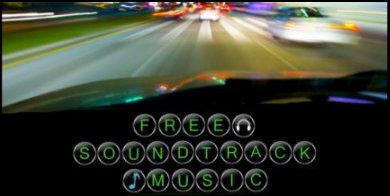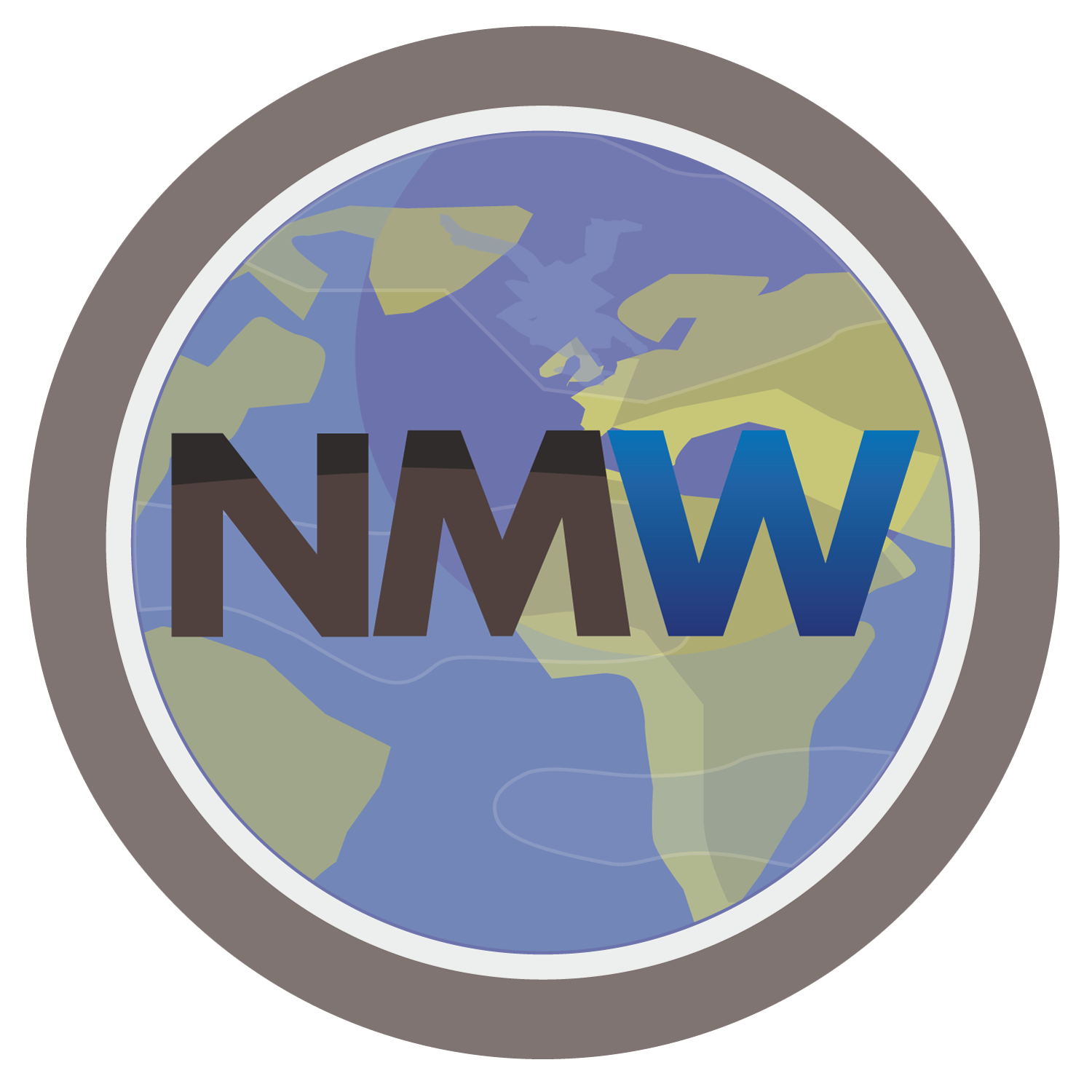Q&A is a series on Nomadderwhere that uses questions posed by readers and commentators to address topics of travel, alternative lifestyle design, blogging, and other interests. You can expect to see this series one or two Saturdays a month right here on Nomadderwhere.com. To send in your questions, contact me! [The following dialogue occurred on Youtube under my one year compilation video.]
jkeagle: What's the music you use in this video?
Linzer32: @jkeagle That would be a little Hood Internet and Milkman. Those are two mash-up artists. I liked their energy and figured samplers wouldn't be so stingy on copyright laws, which I'm getting much more aware of and sensitive to these days. Trying to find stock that matches the power of copyrighted good stuff.
jkeagle: @Linzer32 Good call! If you happen to have a compiled list of "best songs" or "best practices" for travel video soundtracks, I think that would be a GREAT resource to add to your site! I know I would be interested!
A very good idea, Janelle. Thank you for prompting the following post!
I make travel videos because I want others to experience what I see and feel. I started by making slideshows (with copyrighted audio) - the modern day equivalent of projecting scratchy slides on the family room wall, the clicking of the carousel and its buzzing fan the only sounds in the room, other than the snores of family members. Even when my use of dynamic video footage increased, my abilities still relied heavily on cool audio tracks. I would pair my humdrum visuals with the awesome music I listened to on that trip. Keane in Vietnam. Zeppelin in Africa. The use of powerful, recognizable music also seemed to elicit a fitting energy that matched my actual experience. Listen to what I listened to. See what I saw. And thus, the transfer of experience is complete! Right?
No. Wow, I was misled.
Here are a couple reasons why you shouldn't make travel videos like so.
#1: It Looks like Camera (and Brain) Vomit
Editing a video
The idea of transferring an experience to others is the basic principal of travel documentation, in my eyes. Travel is so moving, we want our people to know just how moving it is. Here's where most people fall short of truly being accurate and compelling vehicles of travel inspiration: your images rarely speak for themselves, especially in video form. Pictures say thousands of words, more or less, but not without craft and presentation. To simply make a slideshow or a chronological chain of your camera's regurgitations is not enough to transfer the experience, and attaching your favorite song to that chain is no promise of a cohesive video or a real story.
You smelt things. Your heart fluttered. The din and clamor was unbearable and perfect. Your mind took various elements from your entire experience, highlighting some mundane or monumental moments and brushing aside some arbitrary or strong-scented others, to craft the lasting effect. Thanks to a little sifting and processing, you departed from that place with a definite opinion and feeling (which subsequently fluctuates forever with time).
Our minds edit. Our minds process. Therefore, in making accurate documentation of our experiences, we must do the same, and a huge part of that is the audio pairing. We cannot streamline the timeless practice of storytelling by laying it all out there willy nilly, nor can we cut corners by laying on soundtracks like "Life is a Highway."
#2: The Music is the Attention Flypaper
I love when casting directors assemble no-name actors and actresses to help their movie themes resonate further - no George Clooneys to suck the attention away from the good stuff.
Reflecting at Angkor Wat in Cambodia
While in Cambodia, admiring the Angkor temples in Siem Reap, I sat on a rock overlooking the complex and blared Jimi Hendrix in my ears. The stunning craftsmanship all around made me think of virtuosos, and I wanted all my senses to be amidst such dexterity and divine inspiration. When I made my video displaying these photos from Angkor, I figured pairing the visuals with Neil Young would be smart (albeit very student artwork of me).
Of course, the audio was stripped not long after posting, and my video lost any element of interest, for myself included. But even if Young's Ohio continued to give my pictures a pulse, the entire video would be less about the moving virtuosity of the temple architecture and history and more about my use and interpretation of Young's music. Everyone has their own affiliations with popular songs, bad memories and good, and there's an incredibly slim chance anyone gets your intentional pairing.
In actuality, what's truly the point of letting other people know I listened to Classic Rock while surrounded by ancient rocks? In most cases, it's better to leave the Clooneys out of the equation, and tell the story more effectively via other means.
#3: It's Breaking Basic Copyright Laws
Do whatever you want in your own private sphere (I know I have), but if you plan on publishing your videos online with copyrighted content (on YouTube, perhaps), your video page will look something like this:
Youtube Audio Stripping
The majority of my videos from Semester at Sea onto The Big Journey are stripped of audio or blocked completely, due to copyright infringement. Alas, the hooks I created to make my slideshows even remotely tolerable - with a sweet song to listen to - are gone. Unless someone really enjoys a boring, silent succession of mediocre photos, these puppies are getting dusty on the Youtube virtual shelves. All that work down the cyber drain.
©
I'd be a hypocrite in the creative industry if I felt copyrights meant nothing. I'm a creator of intangible goods as well, and I know how testy I get when due credit isn't attributed. I'm still unsure about the idea of using licensed music with a credit; it's certainly the better of the two practices. The music we allow to pulse through our ears on location (or at home) is usually a catalyst or inspiration for what we create, so it seems the best work would come from pairing your visuals with a song you already love. However, it's better to cover all your bases from the get-go, and make the habit one you can be proud of as you climb the ladder of the film industry.
The Right Music Matters
Stock Music
My use of copyrighted music was like attaching training wheels to beginner attempts at travel videos - attempts to transfer energy and salvage bad recipes. Though I still think it'd be sweet if I magically had all the rights in the world to publish anything I cared to, I can easily adapt to a new, and more sustainable, model of video editing that will be better for building a portfolio of work and credibility.
I'm still trying to swing both my legs onto the band wagon of stock music, being only a recent convert myself, but there really are a lot of options to choose from on the internet.
In case you're unaware, stock music (or production, royalty-free, and pre-licensed music) is available for use for anything: TV commercials, travel videos, movies, etc. Music libraries commission these works and own the rights, making it much more affordable for good music to legally pair with someone's work.
If you have a Mac, Apple supplies the creative editing software with stock audio effects and jingles. Upgrading to more extensive programs like Final Cut Pro will again supply you with great audio to work into your videos. Of course, if you don't want to use the same music as everyone else with iMovie, there are more options. Searching any of the following phrases will point you in the right direction: stock music, production music, royalty-free music, free stock music, creative-commons music, etc. Here are some resources I've found useful thus far.

If you're not too sure about stock music, I'm assuming it's because you think it sounds like bad video game tunes or something a hermit-nerd with a keyboard created in his basement over the course of seven minutes. Some of the internet's selection does in fact sound like that. If you've tapped the following resources and still cannot find the right audio for you (and your serious about this game), you should upgrade.
I used Jingle Punks for World Traveler Internship, Nakavika Project, and ProjectExplorer.org videos thus far (see here), and though I used this service for free, I think it offered some easily found, thematic music for many different videos and feels.
Music is integral. Use it properly and wisely. Let the music be a driving factor in the production of your travel videos. And if you're hoping those videos will go viral or propel you into the right industry, you had better make sure your efforts are covered by the law.
If you're looking for more great video-making resources, read Joshua Johnson's 5 Reasons Your Travel Video Sucks. It's more helpful than it sounds.




